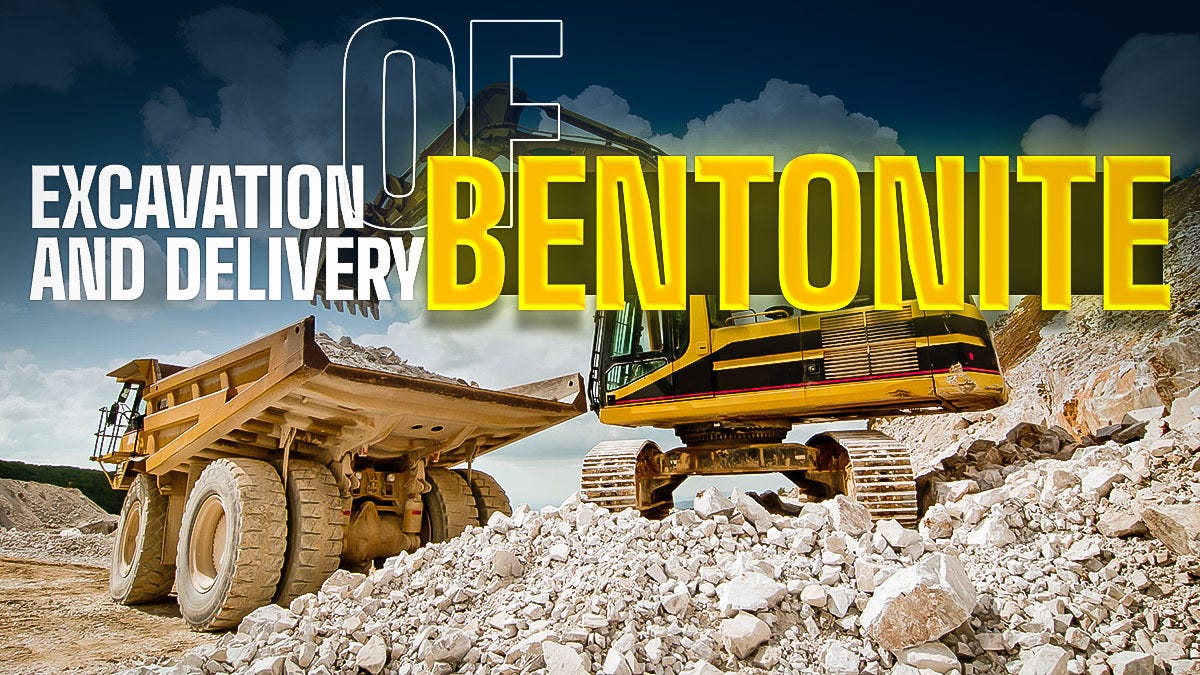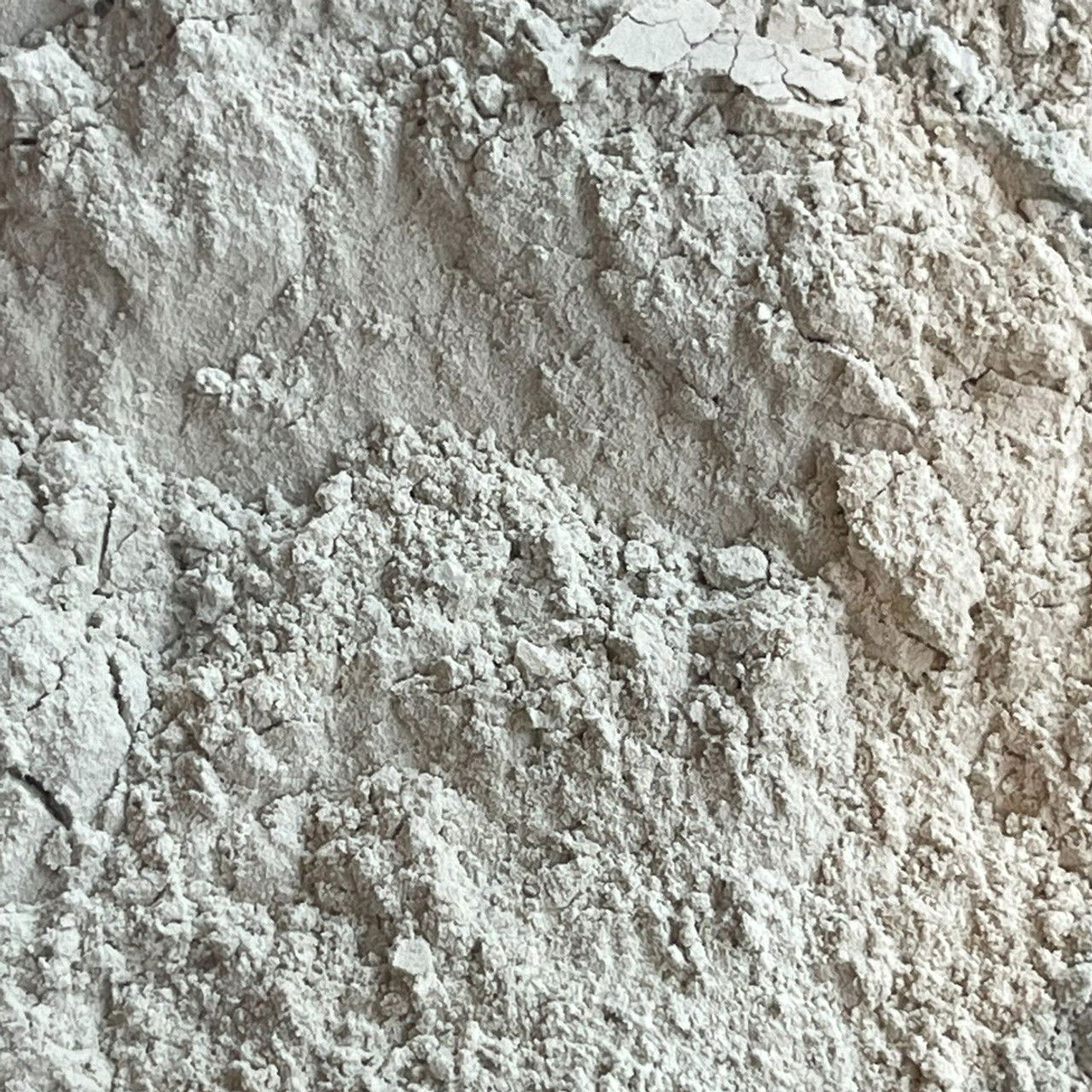Bentonite For Oil & Gas

Bentonite is an absorbent swelling clay consisting mostly of montmorillonite which can either be Na-montmorillonite or Ca-montmorillonite. Na-montmorillonite has a considerably greater swelling capacity than Ca-montmorillonite.
API 13 A SECTION – 9
Advantage:
- Bentonite extracts the drill cutting from around the bit which is then floated to the surface.
- Bentonite seals the drill hole against seepage and prevents wall cavities and leakages.
- Bentonite (Drilling mud) served to cool and lubricate the drill bit.
- Bentonite form slurry with leakages that is pumped through drill stem and out through drill bit.
Applications:
- Drilling mud (gel) is crucial in the extraction of drill cutting during the drilling processes.
- Drilling mud (gel) is a major component in well drilling process.
- Another conventional use of bentonite is as a mud constituent for oil and water well drilling. Its roles are mainly to seal the borehole walls, to remove drill cuttings and to lubricate the cutting head.
API 13 A SECTION – 11(OCMA)
Advantage:
- Bentonite extracts the drill cutting from around the bit which is then floated to the surface.
- Bentonite seals the drill hole against seepage and prevents wall cavities and leakages.
- Bentonite (Drilling mud) served to cool and lubricate the drill bit.
- Bentonite form slurry with leakages that is pumped through drill stem and out through drill bit.
Applications:
- Drilling mud (gel) is crucial in the extraction of drill cutting during the drilling processes.
- Drilling mud (gel) is a major component in well drilling process.
- Another conventional use of bentonite is as a mud constituent for oil and water well drilling. Its roles are mainly to seal the borehole walls, to remove drill cuttings and to lubricate the cutting head.

